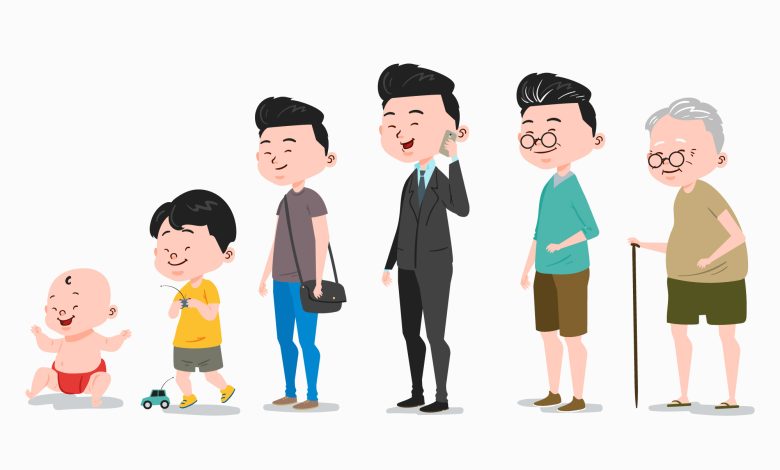Age by Choice: Unlocking Active Ageing Beyond Chronological Years


By Dr Mugilarasi Arasarethinam
Aging is a natural process that affects every part of life, bringing changes not just physically but also at the cellular level. Your birthday count, or chronological age, only shows how long you have lived, but your biological age, based on how your cells age, is a better measure of the aging process.
Cellular aging, also known as cellular senescence, refers to the changes that cells undergo as they age – influencing how well or poorly we age. This explains the significant differences in health and vitality among individuals of the same age group, particularly in older adults.
Just as chronological aging manifests in signs like greying hair, wrinkles, and a decline in cognitive and physical abilities, cellular aging has its own indicators. These include decreased autophagy, genetic alterations, oxidative damage, inflammation-induced senescence, and telomere shortening. Such changes hinder a cell’s ability to repair and rejuvenate itself, disrupting cellular homeostasis and contributing to age-related diseases.
Cellular degeneration—the decline in a cell’s ability to repair and rejuvenate—is a key factor in age-related diseases such as hypertension, metabolic disorders, dementia, Alzheimer’s, cardiovascular illnesses, and cancer.
Autophagy, a cellular process that means “self-eating” plays a crucial role in clearing out abnormal protein aggregates. It is essential for cellular health and overall homeostasis. When autophagy fails, these clumps create a toxic environment for other cells, leading to neurodegenerative diseases like Alzheimer’s, dementia, and Parkinson’s.
Aging is also marked by chronic inflammation, often referred to as “inflammaging”. Chronic inflammation promotes abnormal protein aggregation, which has been linked to age-related conditions like stiffened heart and blood vessels, stroke, and hypertension.
Cells replicate by dividing, and with each division, DNA is duplicated. However, as with each replication, the cells age, the risk of errors increases, and the body’s ability to correct these errors diminishes. Telomeres, the protective end caps on chromosomes shorten with each division, which can lead to uncontrolled cell division despite DNA damage, resulting in cancers and metabolic diseases.
Oxidative stress, defined as an imbalance between toxic metabolic by-products and the antioxidants meant to neutralise them, further accelerates cellular aging. This imbalance disrupts processes like apoptosis, immunity, and cellular differentiation. The cells that freeze as a protective mechanism become a maladaptation and cause accelerated cellular senescence.
The rate of cellular aging is influenced by both genetic and epigenetic factors. However, newer studies show that large part of aging is controlled by epigenetics, and are now focused on providing evidence that supports its significant role in how we age and maintain youthfulness.
Epigenetics factors include environmental factors, lifestyle choices, diet, stress levels and toxin exposure. This is encouraging as we have significant control over how we age—our lifestyle choices play a crucial role.
When discussing longevity, the focus should not just be on extending lifespan but increasing the health span years free from age-related diseases. A comprehensive reset of lifestyle and mindset, along with honouring the changes occurring within, is vital for active aging.
Policies or interventions that target aging populations based solely on chronological age may be discriminatory and counterproductive, hindering sustained quality of life and longevity. Ultimately it comes down to informed and active participation by individuals and society in the aging process. Ageing need not be feared, it should be understood and embraced fully.
Dr Mugilarasi Arasarethinam is a Hub Leader of the Active Ageing Impact Lab at Taylor’s University. The lab aims to promote a fulfilling and meaningful life for senior citizens in their golden years by helping them achieve financial security, maintain physical and mental health, have access to quality care services, as well as to engage in lifelong learning.


